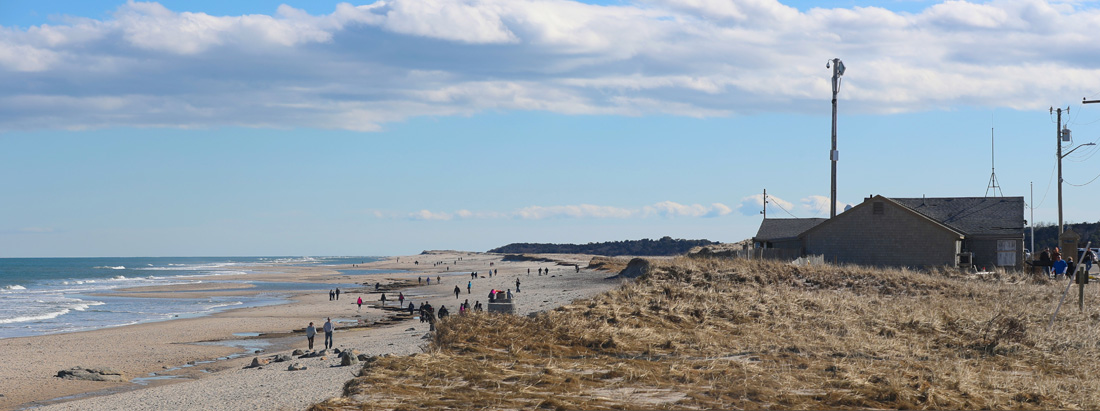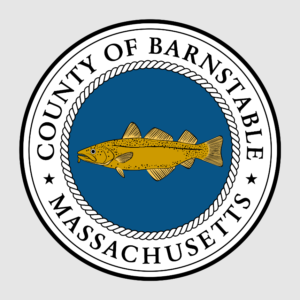As an academically trained archaeologist, a working photographer, and as a single dad of two young kids I find that these three things combine more than you would think in my adventures around Cape Cod. Most recently, the same storms that have taken away the outer beach oversand track and the famous Liam’s clam shack at Nauset Beach, have also given something back to those interested in Cape Cod history. Ancient wagon tracks and horseshoe prints have emerged in several broad strips at the water’s edge.
The prints have long been verbal lore among the old timers but the physical evidence has been lacking since the storms typically erode the peat below the dunes here in smaller chunks rather than intact sheets. According to naturalist Peter Trull “This peat at the time of the tracks would have been in the salt marsh behind and west of the dunes. Over time, the beach and dunes have migrated westward over the marsh, exposing the bare, grass less peat on the east, or seaward side of the beach.”
Though historians and archeologists can date the tracks by reconstructing the time for when the marsh stood at the location behind the former dunes, probably in the late 19th and early 20th centuries it’s interesting to note that there are several layers of the tracks themselves in the various sheets of peat, meaning there are some more ancient layers, my guess would be possibly going as far back as the early 1800’s. Someone who knows the marsh accretion rate here could date the various layers accurately. Measurements of the horseshoes could also show the ages and size of the horses and the wheel tracks can indicate what style of carts and wagons were in use.
Naturalist Robert Finch points out that coins have also been found associated with these tracks, however it’s not clear how much such tracks could warrant archeological excavation. Given that they’re within the bounds of the Cape Cod National Seashore, some measure of their significance should be forthcoming. The tracks are more a highway with indentations crossing next to and across each other, much more than just a simple one lane track. Dinosaur tracks have been deemed significant sites in the past, as have human footprints of ancient humans, in other parts of the world. My guess is that someone could preserve such a stretch of tracks here on the Cape with hardener laid down and people would be drawn to visit, however, given that they only uncover at the same time that they’re being destroyed by the waves make it unlikely as a candidate for any permanent historical site The Coast Guard Beach Carns Native American site uncovered in the early 90’s was likewise excavated as it washed away in a salvage approach and it does indeed contribute to the history interpreted at the Salt Pond Visitor’s Center display. Click here for more information.
Parts of the Carns site remain preserved and untouched only until nature decides to reveal them, which most likely will be the time when these horse prints and wagon tracks will speak to us again, and not by any human measure of timing.
























